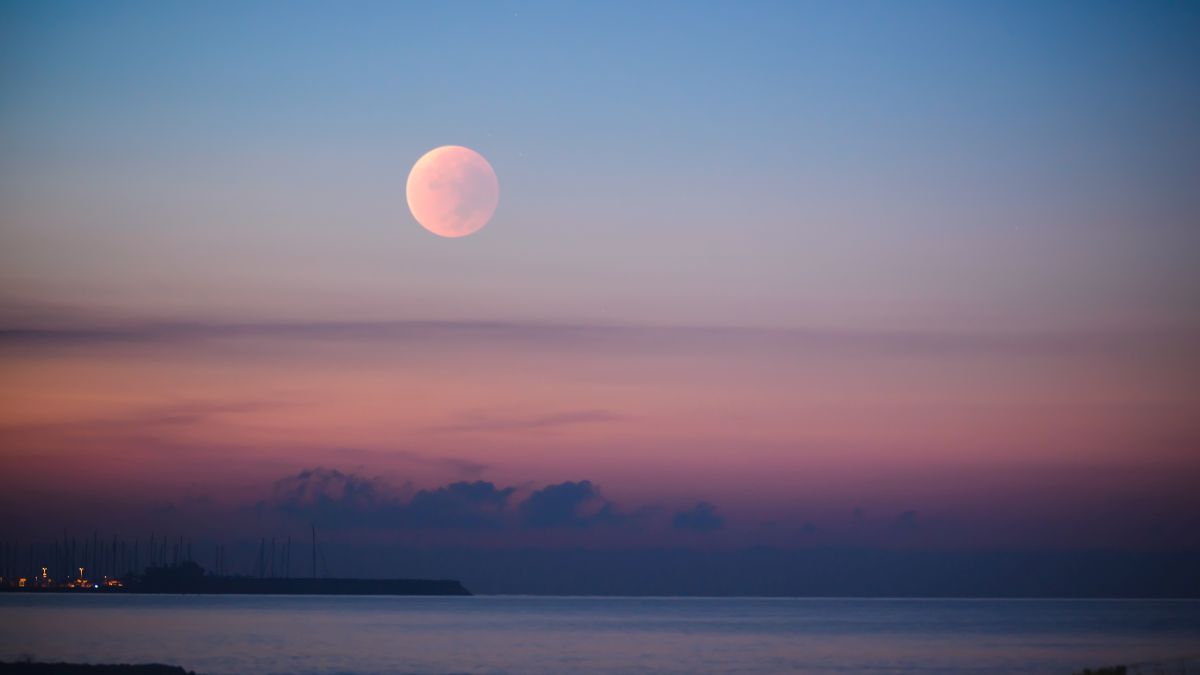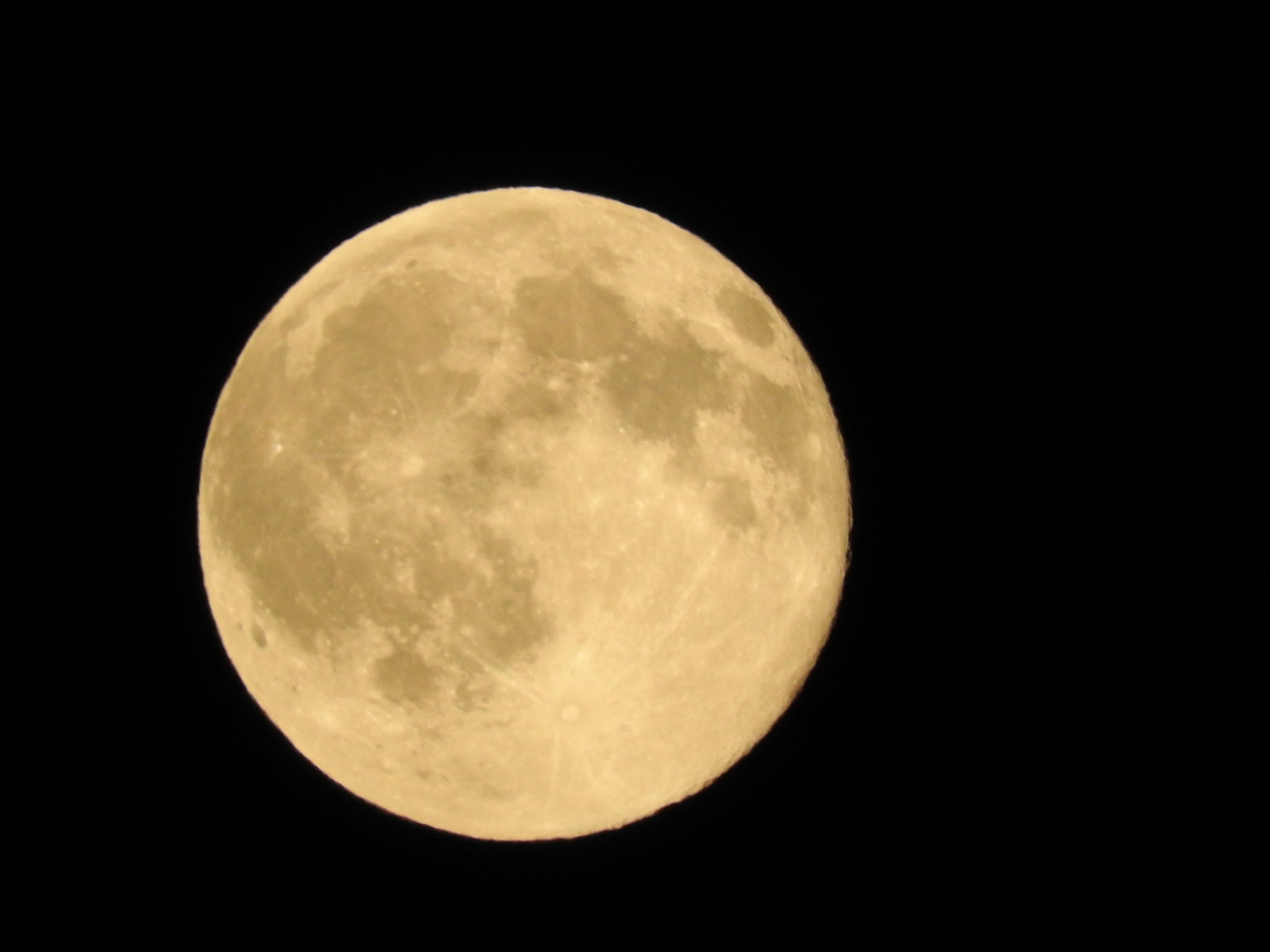June’s full moon is known as the strawberry moon, which makes it sound like we’ll be able to look up and see a large pink- or red-hued moon hanging in the sky, but just like April’s full moon, which is called the pink moon, the June full moon probably won’t have a pinkish cast.
Watchers can spot the full moon in its usual color this weekend on Saturday, June 3 at 11:42 p.m. EDT.
The naming of the strawberry moon is a nod to our agricultural seasons. According to the Farmer’s Almanac, the strawberry moon got its name from Native American Algonquin tribes in the northeastern U.S. who knew strawberries bloomed and ripened in June.
Strawberries are only in season for a short time, so the Native Americans linked June’s full moon to this fruit.
Other tribes located in different parts of the country had similar names relating to different agriculture for June’s full moon like Berries Ripen Moon, Blooming Moon and Green Corn Moon.

In Europe, June’s full moon is also known as the rose moon. Before strawberries were brought to the continent, June was known as the time when roses reached their full bloom. So, when the full moon rises in June, many saw it as a sign their gardens were reaching their peak.
June’s full moon this year is the last full moon before the summer solstice on June 21, which means it’s the last full moon of the spring season.
The first summer full moon occurs next month on July 3, and it will also mark the first of four supermoons in a row — full moons when the moon appears slightly larger than normal.

A Full Moon And A Good Look At Venus In June
Despite warmer nights and a greater chance for fewer clouds, June is a relatively quiet month for stargazing because there aren’t any noteworthy meteor showers. However, June presents an excellent time to watch Venus travel across the night sky.
A day after the full moon, Venus will be at its greatest eastern elongation on June 4. This simply means the second planet from the sun will be higher in the sky than at any other time of year, making it easier to observe.
To see Venus, look for the bright planet in the western sky after sunset. Later in the month on June 12 and 13, Venus passes through what’s called the Beehive Cluster, an open cluster of stars in the constellation Cancer. A good pair of binoculars or a telescope will help watchers spot Earth’s sister planet in the night sky.
Follow Meteorologist Jason Meyers on Twitter or watch one of his entertaining and educational YouTube videos.
This story originally appeared on Simplemost. Check out Simplemost for additional stories.


